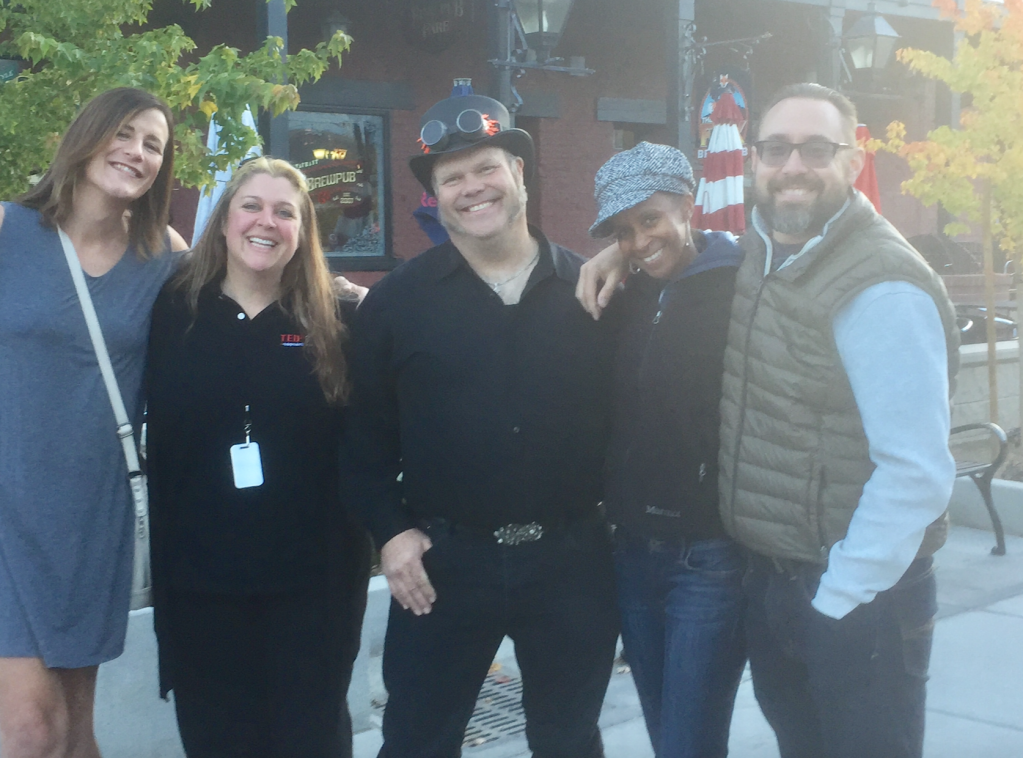Latest
-

This WEEK! Council Offloading 100% of Local “Improvement” Costs Including Laneways on Residents
Without public consultation Vancouver will now be charging residents 100% of costs for local “improvements” including paving laneways, even though laneway housing is now located along lanes, and green space is at a minimum in a densifying city. When is a city street not a city street?
-

Will City Council Privatize Vancouver’s Protected Views?
Will Vancouver City Council abolish the protected views policy to continue focusing on tower development in 5% of the land area on the downtown peninsula?
-

ABC Majority Led Council Opens the Vancouver View Policy to Developers in One Unanimous Vote
Previous candidate for Vancouver City Council Stephanie Smith may have said it bluntly and directly on the platform formerly known as Twitter: “Vancouver does not have a view crisis. It has a leadership crisis.Exploiting the affordable housing crisis to give away cherished public assets is misdirection and pandering, not leadership.” On Wednesday September 5 Vancouver…
-

Why Vancouver’s Protected Scenic Public Views Should not be Privatized by Vancouver’s Developer Friendly ABC City Council
With less than a year in office, the ABC party which dominates City Council is demonstrating that they are not the centre right political party that many had hoped, but more like a right of right party, solidly in the business and developer theme in getting things done, not so much reviewing the public interest.…
Trending
Archives
For the Archives, enter your subject in the “search” box at the top of this page, or visit the “about” page





